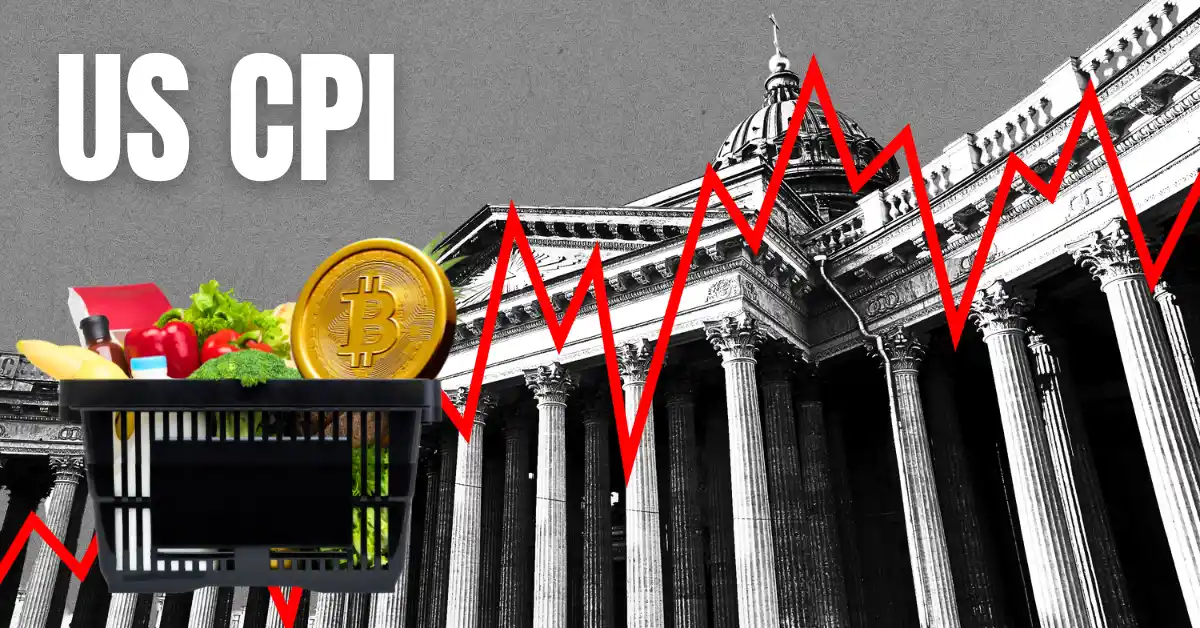Exploring the Influence of AI on Economic Indicators and Cryptocurrency Markets
Artificial Intelligence (AI) is reshaping numerous sectors, and its intersection with economic data analysis and cryptocurrency markets is no exception. Delving into how AI interacts with key economic indicators like the Consumer Price Index (CPI), and in turn impacts Bitcoin price movements, reveals a complex yet fascinating landscape.
Enhancing Economic Data Analysis with AI
The CPI is a foundational metric for gauging inflation, traditionally processed and released by institutions like the Bureau of Labor Statistics. AI’s increasing role in data processing is revolutionizing how inflation trends are predicted and interpreted:
– Improved Forecasting Accuracy: AI models leverage large datasets spanning historical CPI releases, market reactions, and macroeconomic variables to forecast inflation rates more precisely. This enables investors and policymakers to anticipate Fed decisions with greater confidence.
– Real-Time Sentiment Analysis: Natural Language Processing (NLP), a subset of AI, can analyze Fed statements, regulatory announcements, and economic news instantaneously, providing near real-time insight into market sentiment that historically followed CPI releases.
– Detection of Anomalies and Patterns: Machine learning algorithms can identify non-obvious trends or irregularities in CPI data and related economic indicators, offering early warnings or explanations for sudden market shifts, including in cryptocurrencies.
AI’s Impact on Bitcoin and Crypto Market Dynamics
Bitcoin’s price sensitivity to CPI data and Fed policy has been well-documented; AI adds an analytical dimension that sharpens market responsiveness:
– Algorithmic Trading: Many crypto traders deploy AI-driven algorithms that autonomously analyze inflation data, Fed signals, and related economic indicators, executing trades within milliseconds to capitalize on anticipated price movements.
– Risk Assessment and Portfolio Optimization: AI tools help investors balance risk by simulating scenarios based on varied CPI outcomes and Fed responses, enhancing decision-making in volatile crypto markets.
– Behavioral Prediction: AI models interpret patterns in investor behavior following inflation reports, adjusting strategies to predict Bitcoin price movements more accurately.
The Feedback Loop: AI, Economic Policy, and Market Reactions
AI not only forecasts and reacts but also informs policy indirectly. Central banks increasingly utilize AI to simulate economic scenarios, potentially influencing monetary policy decisions that affect Bitcoin:
– Policy Simulation: AI-driven economic models can provide policymakers with deeper insight into inflation dynamics, informing rate-setting strategies responsive to complex, real-world variables.
– Market Stability Monitoring: AI systems monitor cryptocurrency markets for signs of systemic risk linked to inflation and Fed moves, enabling timely interventions or advisories.
Challenges and Ethical Considerations
While AI enhances understanding and reaction to CPI data and Bitcoin market movements, it also raises concerns:
– Market Volatility: High-speed, AI-driven trading can amplify price swings, exacerbating crypto volatility in response to inflation news.
– Data Bias and Accuracy: AI models depend on data quality; erroneous or biased data can lead to misleading inflation forecasts and misguided trading decisions.
– Regulatory Oversight: The growing influence of AI on financial markets invites scrutiny regarding fairness, transparency, and systemic risk.
Looking Forward: AI’s Role in the Evolving Economic and Crypto Landscape
The future promises deeper integration of AI in interpreting economic indicators like CPI and shaping cryptocurrency trajectories:
– Enhanced predictive models could anticipate Fed actions well before official announcements.
– AI will likely intensify the feedback loop between economic data releases, market psychology, and trading behaviors, making markets both more efficient and, at times, more reactive.
– With increasing regulatory focus on AI in finance, its role may be more closely guided, potentially stabilizing markets impacted by rapid inflation data interpretations.
—
Conclusion: AI as a Catalyst in the Nexus of Inflation Data and Bitcoin Price Movements
Artificial Intelligence stands as a transformative force bridging economic indicators and cryptocurrency markets. By refining inflation analysis, feeding into Fed policy simulations, and powering sophisticated trading strategies, AI sharpens the responsiveness of Bitcoin prices to CPI releases. However, this growing influence demands vigilance regarding volatility and ethical implications. As AI continues to evolve alongside the economic and regulatory environment, its impact on Bitcoin’s price trajectory promises to deepen, making it an indispensable element in understanding market dynamics in 2025 and beyond.

